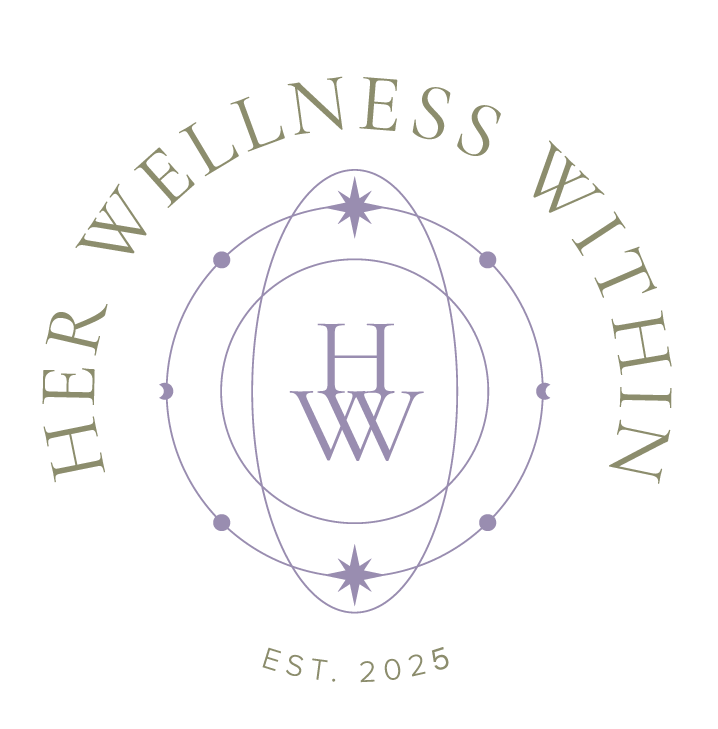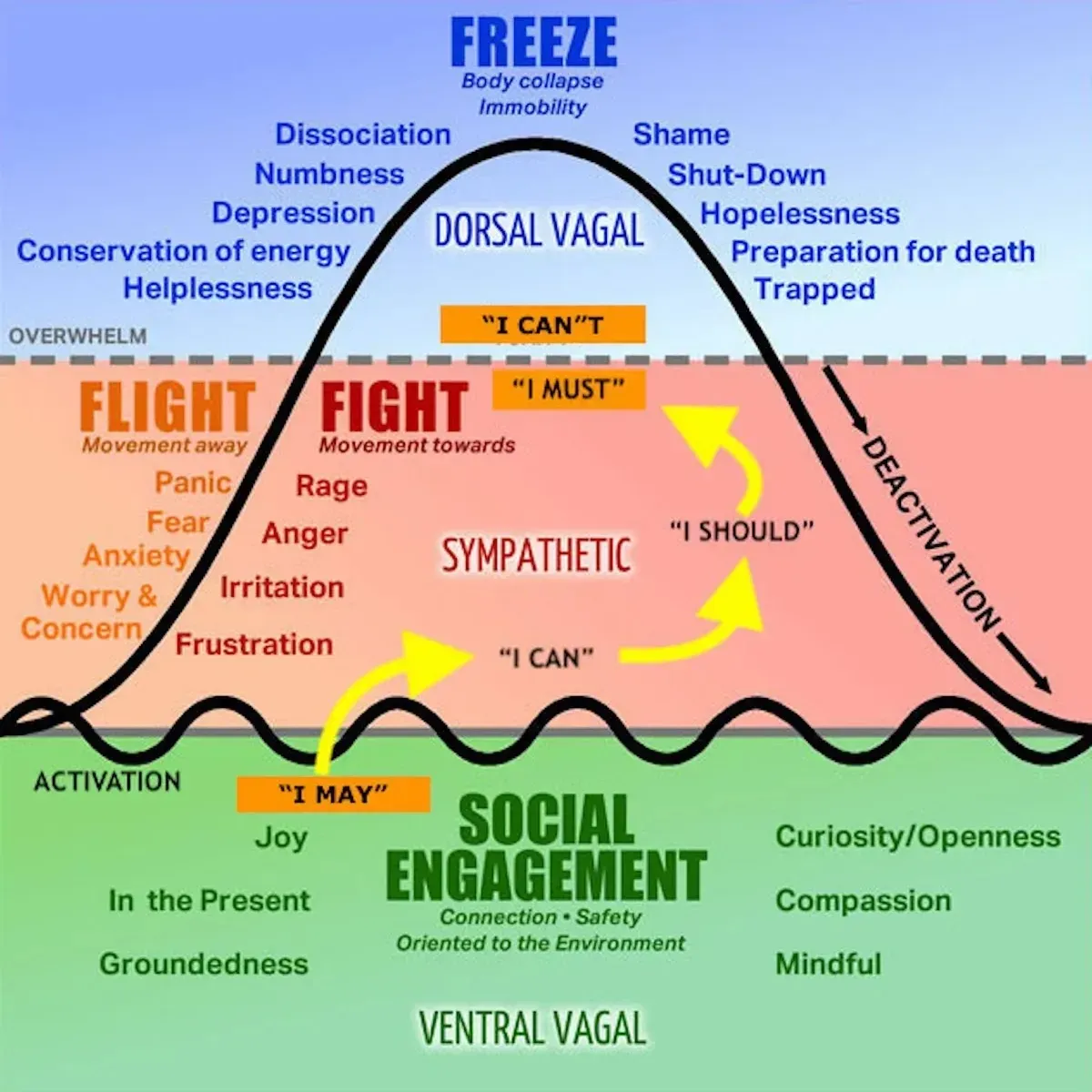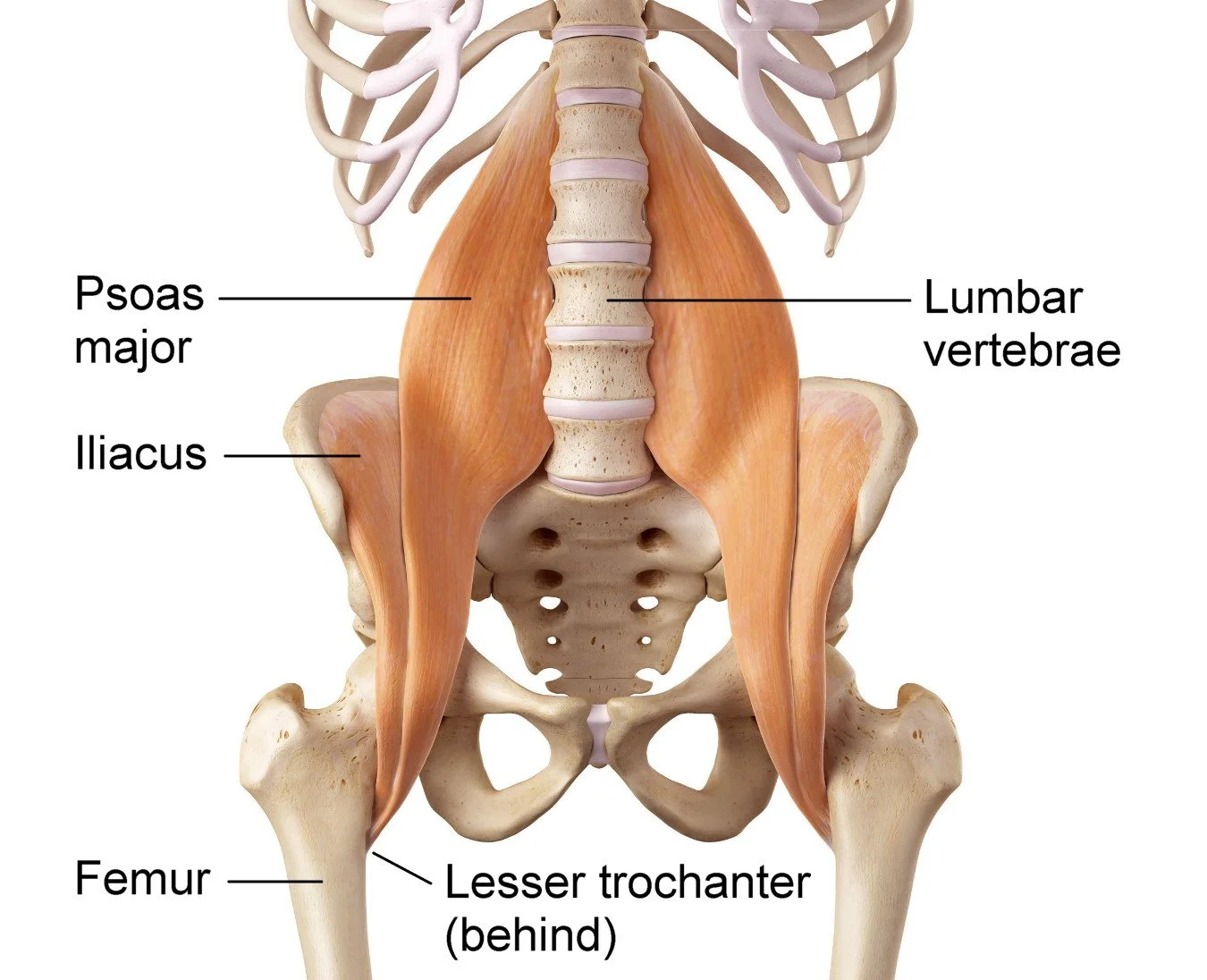Balance Isn’t Perfection — It’s a Practice
The verb “balance” means to keep or position something steadily so it doesn’t fall. Picture a straight line — a place of perfect neutrality where nothing in your environment throws you off. While that may sound ideal, it can also feel... dull. Lifeless. In reality, what we’re seeking isn’t perfection — it’s the ability to recognize and respond to imbalance.
This is the body’s work.
Homeostasis is the process by which living beings maintain internal stability while adapting to external changes. Our bodies constantly adjust in order to survive, repair, and thrive. This internal balancing act is especially vital when it comes to our nervous system — the part of us that often gets blamed for anxiety.
But here’s the truth: we’re all riding a wave.
Each of us fluctuates around our own baseline of homeostasis. True, constant equilibrium isn’t realistic. You may touch it for a moment, a few hours, or on a really good day — but the goal isn’t to stay perfectly still. Being healthy means knowing where your center is and being able to find your way back when you sway.
Mental and emotional health often challenge this balance.
It’s normal to feel worry, frustration, or sadness at times — in an hour, over a day, or even for a stretch of days. A healthy nervous system can recalibrate after these emotional bumps. But when the stress is persistent or overwhelming, the system struggles to reset. Our thoughts grow louder. Our bounce gets higher. Like a super ball tossed too hard, we begin to lose contact with the ground — with ourselves.
This is where imbalance deepens.
Mild worry becomes fear. Fear builds into anxiety. Anxiety can tip into panic. Likewise, irritation can turn to anger, then escalate into rage. These emotional spikes signal a nervous system that’s been in overdrive too long.
When anxiety leans toward the “flight” response, we may eventually freeze or even drop into depression. Shame often follows — not just from what we feel, but from how we think we’re supposed to feel. Many of us carry the belief that our reactions make us broken or alone.
But you’re not alone. And you’re not broken.
Shame tells us we're the only ones struggling, the only ones who yell, shut down, withdraw, overthink, or panic. It isolates us further — pulling us into sadness, numbness, and disconnection.
Often, when frustration or worry surfaces, we spiral — not just because of the feeling itself, but because of what we’ve learned that feeling means. We start projecting into a feared future instead of staying with the present moment. We bypass what’s actually happening inside us, and in doing so, we worsen the imbalance.
And most people are doing this silently.
It’s vital to understand: you can intervene early. You can recognize the signs of rising imbalance — and make a choice before it snowballs.
The goal?
To rebalance before panic sets in.
There are many tools available to help you return to presence — to come back to the body before the nervous system hijacks the mind. These tools don’t need to be perfect or performed in ideal circumstances. You don’t need a mat, a therapist, or a retreat. You just need now.
Recognizing these early signs is the first step:
clenched jaw
racing heart
shallow breath
sweating
dizziness
tunnel vision or blurred vision
racing thoughts
internal counting
difficulty focusing
careless mistakes
This awareness takes time. Patience. Practice.
For everyone.
Once you notice, it’s time to respond with care.
Tools to Help You Through the Moment
Box breath: Inhale 4, hold 4, exhale 4, hold 4. Repeat.
Sensory grounding: Name 3 things you can see, hear, and feel.
Tapping: Gently tap the center of your chest (heart space).
Acupressure: Press along the lung and heart meridians.
Go outside. Let nature regulate what your mind can’t.
Beyond in-the-moment tools, holistic practices can help restore and prevent imbalance over time:
somatic therapy
flow and restorative yoga
yoga nidra
meditation and visualization
aromatherapy and herbal remedies
acupuncture, acupressure, and massage
sound healing and energy work
journaling and talk therapy
rituals of self-care and purpose
These aren’t just treatments. They’re reminders — of your capacity to come home to yourself.
Let’s consider a reframe.
What if anxiety isn’t a villain, but a messenger?
What if it's your intuition — calling your attention to something important?
What if it’s trying to protect you, not punish you?
By befriending your anxiety — listening instead of reacting — you may gain insights into your needs, boundaries, relationships, and patterns. It might even become your superpower.
Many of us seek temporary relief through social media, TV, substances, food, or spending. These offer brief escapes but often leave us feeling worse once the distraction fades. In the case of substances, your physical health may also suffer — and your capacity to heal is further delayed by fatigue and guilt.
Instead of bypassing, let’s build the skill of returning.
Return to the now.
Return to your breath.
Return to your body.
Return to your truth.
And when you’re ready, I invite you to explore this more deeply.
Join one of my offerings — where we use movement and breath to quiet the mind and calm the nervous system.
Together, we’ll practice the art of balance — not as perfection, but as a powerful return.




